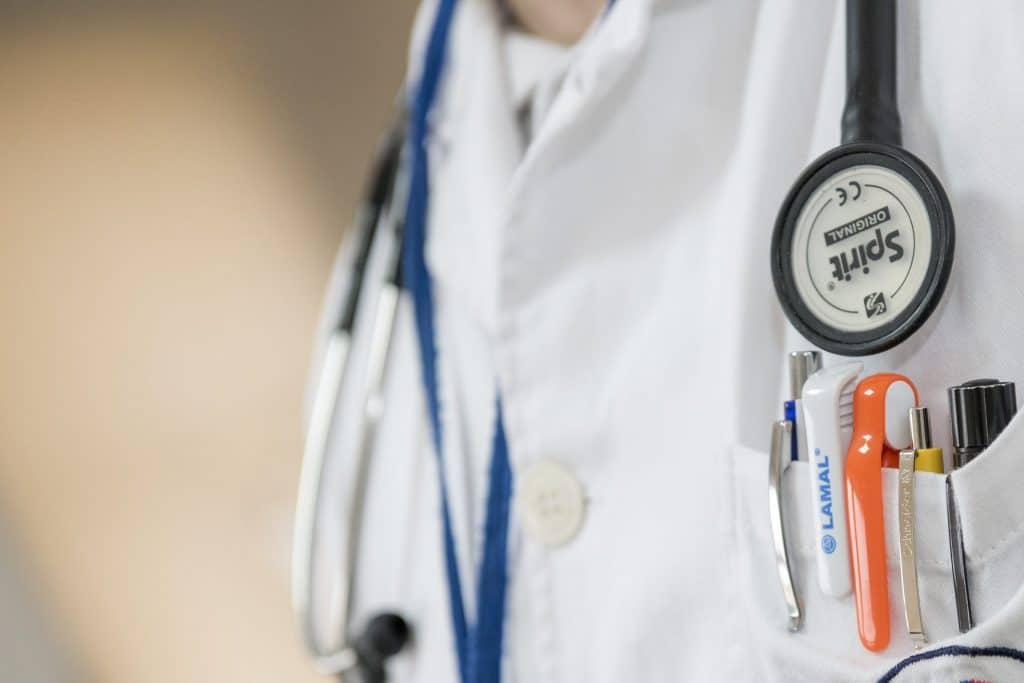As we reach the month of October, we officially begin Breast Cancer Awareness Month. Yet beyond fundraising and awareness campaigns like races and pink ribbons, educating yourself and others about the cause itself and learning about the necessary steps to adopt in order to detect the disease at the earliest time is crucial, and possibly the most important action you can do.
Breast Cancer Awareness Month (BCAM) was founded in 1985 to spread education about Breast Cancer and to promote screening mammography as the main defence mechanism against Breast Cancer mortality. BCAM is nowadays an annual campaign renowned by many countries and supported by many cancer survivors. Pink is the color of Breast Cancer awareness because it represents feminine bravery, hope and positivity, belief in scientific advancement for Breast Cancer cure and the kindness of donors and partners who are supportive of the movement against Breast Cancer. Putting on a pink ribbon indicates solidarity with the women and men who are living with the disease.
What is Breast Cancer?
The term “Cancer” refers to a group of diseases in which cells divide and grow out of control and that could potentially be life threatening, especially if left untreated. This abnormal growth is the result of mutations or other changes in certain genes which will lead to the formation of a mass of cells, called the tumor. Breast Cancer can occur in various parts of the breast, but most frequently begins in the ducts, thin tubes that bring milk from the milk-producing lobules to the nipple during breastfeeding. Yet, Breast Cancer can also start in these milk-producing lobules. If the cancer reaches nearby tissues, it is considered invasive whereas in situ Breast Cancers (ductal or lobular carcinoma in situ DCIS/LCIS, respectively) are precancerous lesions comprised of abnormal cells that have not spread or invaded local tissues. Other rarer forms of Breast Cancer include Inflammatory Breast Cancer, Paget’s disease, and phyllodes tumor. It’s extremely important to remember that men can also get Breast Cancer. Early detection and treatment improves the chances of survival from this cancer.
Signs and Symptoms
Mammograms and breast observation are the recommended screening methods and are essential in detecting breast cancer, however it is important to note that sometimes early breast cancer has no signs or symptoms at all. Signs include unusual lump in the breast or underarm area, swelling of all or part of the breast, skin irritation or dimpling, breast or nipple pain, nipple folding inward, nipple discharge other than breast milk, redness or thickening of the nipple or breast skin. Any woman or man experiencing any abnormal or out of the ordinary breast symptoms or changes should report their findings to their doctor immediately.
Diagnosis
Breast Cancer is usually confirmed with a biopsy of the breast lesion. In some cases, a surgical biopsy may also include lymph node tissue in order to evaluate the stage of the cancer. A pathologist will analyze the tissues from the biopsies under a microscope to examine the physical (morphological) features of the cancer cell, and will also stain the tissues with dyes to detect specific Breast Cancer subtype markers (Hormone receptors, HER2 status, and more).

Treatment and Clinical Trials
Treatments range from local therapy to systemic therapy. Local therapy such as surgery and radiation treats the limited breast area where the cancer occurred. On the other hand, systemic therapy is delivered to the entire body either through IV or oral drugs. This therapy, when typically given after surgery, is called adjuvant and aims to prevent cancer from reoccurring, by targeting cancer cells that may have spread to other body areas outside the breast. In some cases, systemic therapies are given before surgery, in order to decrease the size of a tumor. This is called neoadjuvant therapy. The decision of which systemic treatments should be given is based on the individual type of Breast Cancer, and is dependent on each patient’s specific needs. Treatment plans will be subject to evaluating multiple factors such as the stage of disease, size of tumor, subtype, side effects tolerability, and many more. Patients should ask about all their different treatment options, discuss pros and cons with their physician, recognize the potential short–and long-term side effects, and get a second opinion. Patients should also consider clinical trials since there is evidence that patients on trials have better quality of life and survival. GEOQ and RCN websites are important resources for patients looking for clinical trial information in Quebec.
How to reduce the risk?
While there is no confirmed way to prevent breast cancer, there are ways to reduce the risk.
- Stay Active. Strenuous exercising for more than 4 hours per week is associated with reduced risk. The effect of exercise on Breast Cancer risk may be highest in premenopausal women with normal or low body weight.
- Limit or avoid alcohol. Even moderate alcohol consumption increases breast cancer risk.
- Hormone therapy after menopause. Estrogen replacement can increase the risk of breast cancer and therefore women should ask their doctor about the pros and cons.
- Breastfeeding. Breastfeeding reduces the risk by lowering breast cells’ exposure to estrogen.
- Evaluate preventive surgery options. Women at high risk of developing Breast Cancer can significantly reduce their odds through preventive surgery (e.g. preventive mastectomy, ovarian ablation).
Where We Position Currently
The healthcare and scientific community made incredible strides in the treatment of breast cancer as demonstrated by the thousands of women who are living with, or surviving from, Breast Cancer in Quebec. However, we are still confronted with many challenges. Despite the great progress, unfortunately, Metastatic Breast Cancer is still incurable and around 30 percent of women diagnosed with early stage Breast Cancer will develop metastatic disease. Moreover, few systemic treatment options exist besides the use of chemotherapy for triple-negative Breast Cancer therefore more research is needed in this field. Research community is also working on understanding how to make Breast Cancer responsive to Immunotherapy, a treatment that has made an instrumental positive clinical effect in Melanoma and Lung Cancer. As we kick-off Breast Cancer Awareness month, it’s crucial to understand what still needs to be understood in order to be successful in the future therapies.


